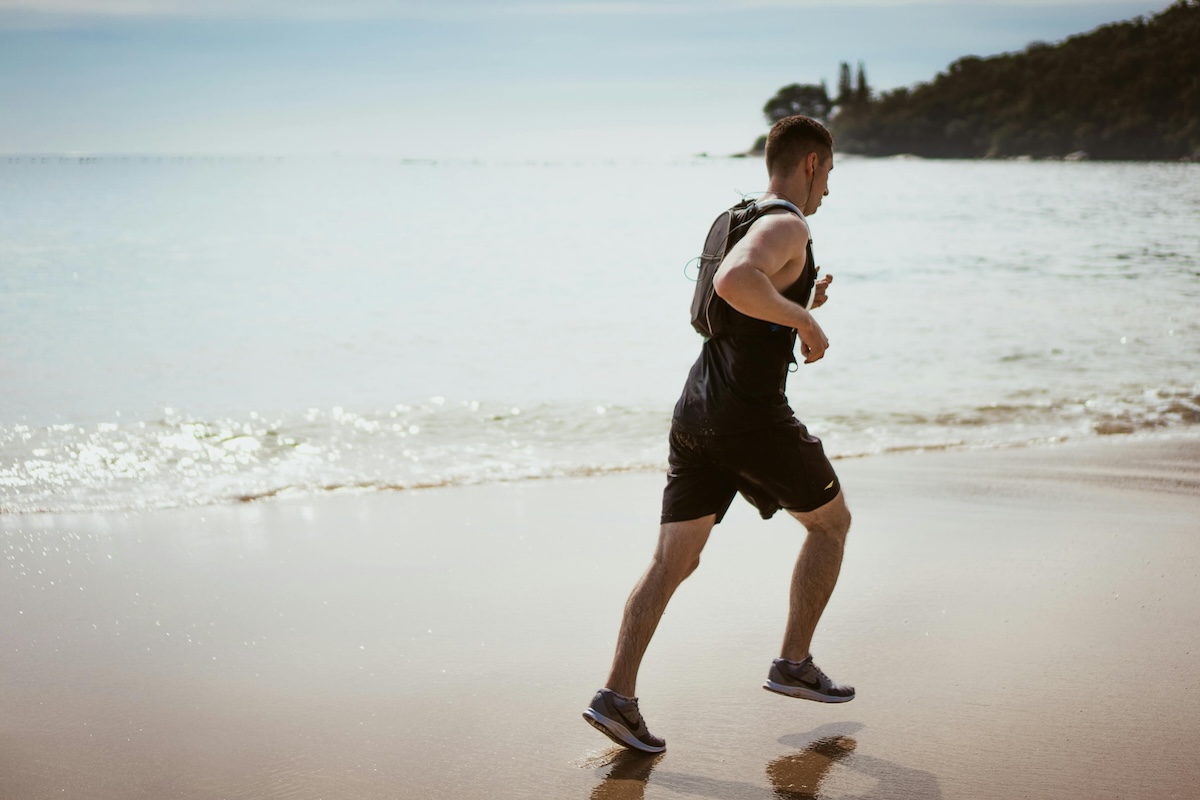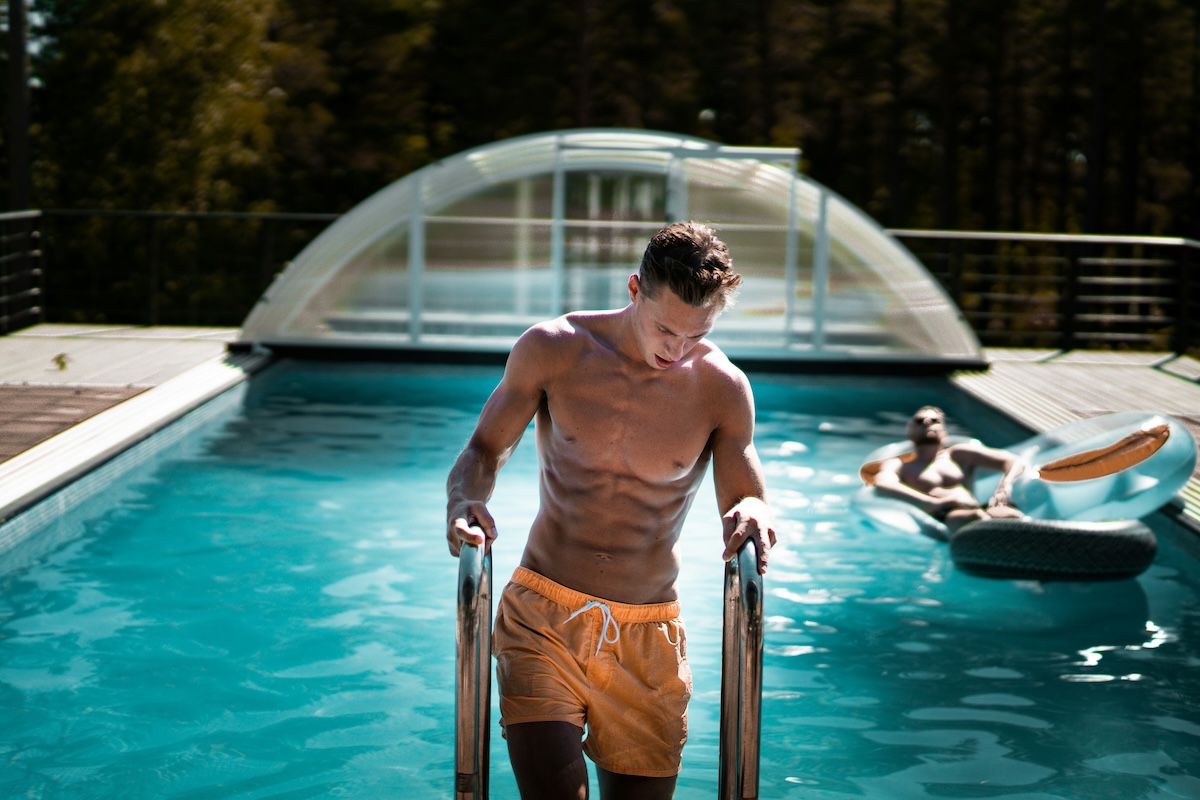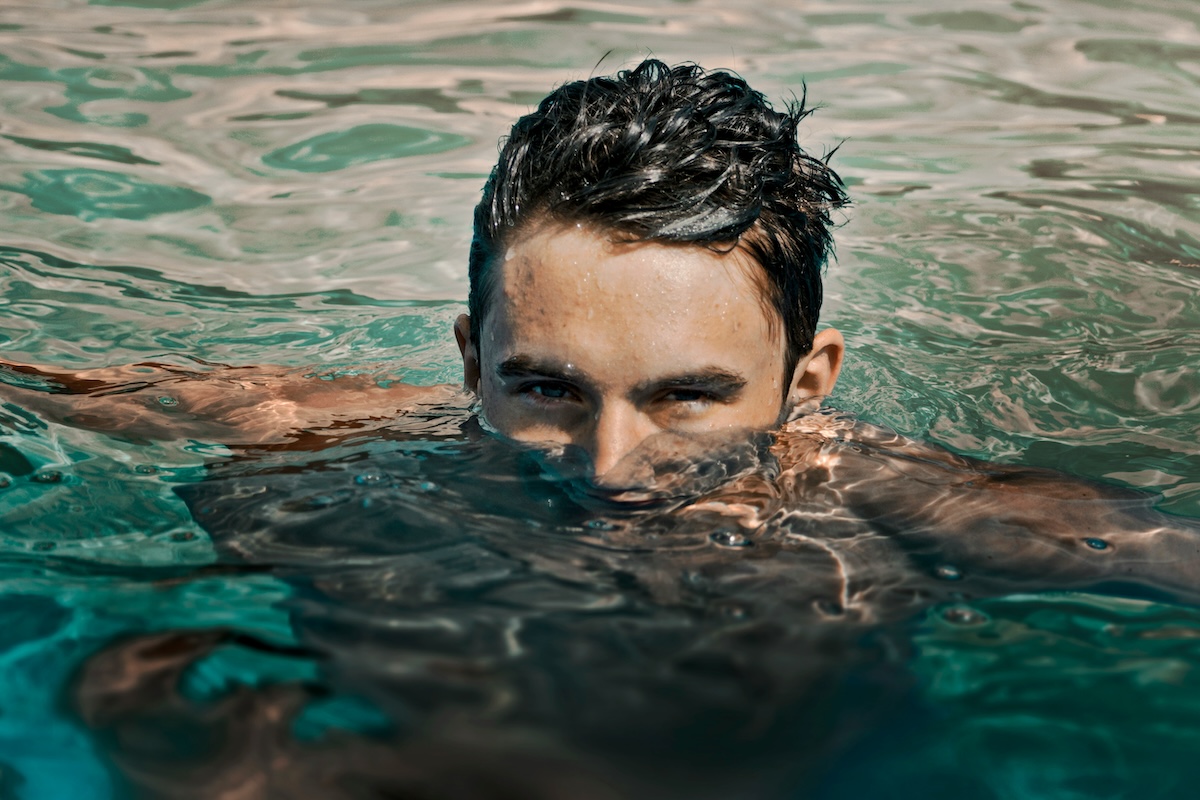
In not-so-breaking news, physical activity can do the body good. There’s seemingly endless research on how logging a good sweat session—or even a brisk walk—can improve numerous bodily functions, including the health of our organs like the lungs and heart. Yet, sweat, debris, bacteria, and even the sun exposure we get while breaking a sweat can have some not-so-great effects on our largest organ: the skin.
Does that mean you should throw in the towel and ditch your workout routine? No, but you may want to use a towel during a pre and post-workout skincare regimen. While you likely know all about the need to stretch before and after exercising to warm up and cool down muscles, what you do regarding skincare before or after workout sessions can make a big difference.
You likely have questions like, “Should I wash my face after working out?” and “What types of products do I need?” Consider these tips your guide for keeping the post-workout glow alive (but nixing breakout odds).
Should I wash my face after working out?

If you’re more of a glistener than a heavy sweater, you may want to keep that sun-kissed look (even if you hit the indoor treadmill rather than the road). However, sweat is a breeding ground for bacteria. Moreover, sweat can mix with dirt, debris, and oil — all or some of which you were likely exposed to during your activity — and up your odds of unwanted breakouts.
Like stretching post-workout, your skin needs a cool-down because heat can become a hurdle for restoration and recovery. Washing your face with this coveted cooling effect on the skin. (Try a cooling mask for added cooling and just plain bliss.)
Ideally, you’ll also apply mild soap or a gentle cleanser to
Tips to improve skincare before or after workout sessions

Washing your face post-workout is a significant step toward improving your complexion. However, a holistic approach is best. These tips will keep you looking and feeling your best from the moment you lace up your sneakers and beyond.
Wash your face
While not as important as a post-workout rinse, give your face a once-over with a washcloth prior to exercising. This step can help wash away any debris. You’ll want to rinse your face pre-exercise if you have any makeup on, as that can mix with sweat, clog pores, and lead to pimples.
Practice safe sun
While the idea of putting on sunscreen before sweating outdoors may sound somewhat slimy, you can’t outpace UV rays (even if you PR). Apply a broad-spectrum SPF of at least 30 for the most comprehensive protection from the sun’s UVA and UVB rays, which can lead to unsightly sunburn in the short term and premature aging (hi, wrinkles) and skin cancer in the long term. Since you’ll be sweating, a water-resistant sunscreen is best (and you’ll need to re-apply post-workout).
Additionally, sunglasses, a cap or hat, and UPF clothing can provide added layers of protection.
Gym-proof your skincare routine
If you’re at the gym, be sure to wash the equipment with a towel or wet one. Doing so can rinse oil, debris, and bacteria – none of which jive with the skin. (Be sure to return the favor post-workout.)




